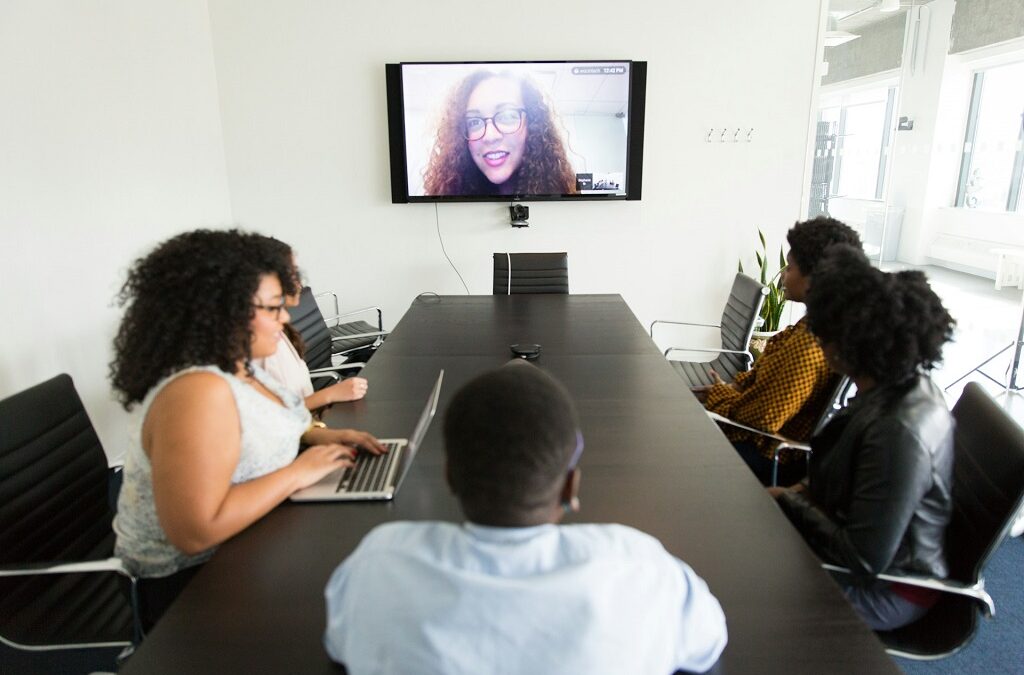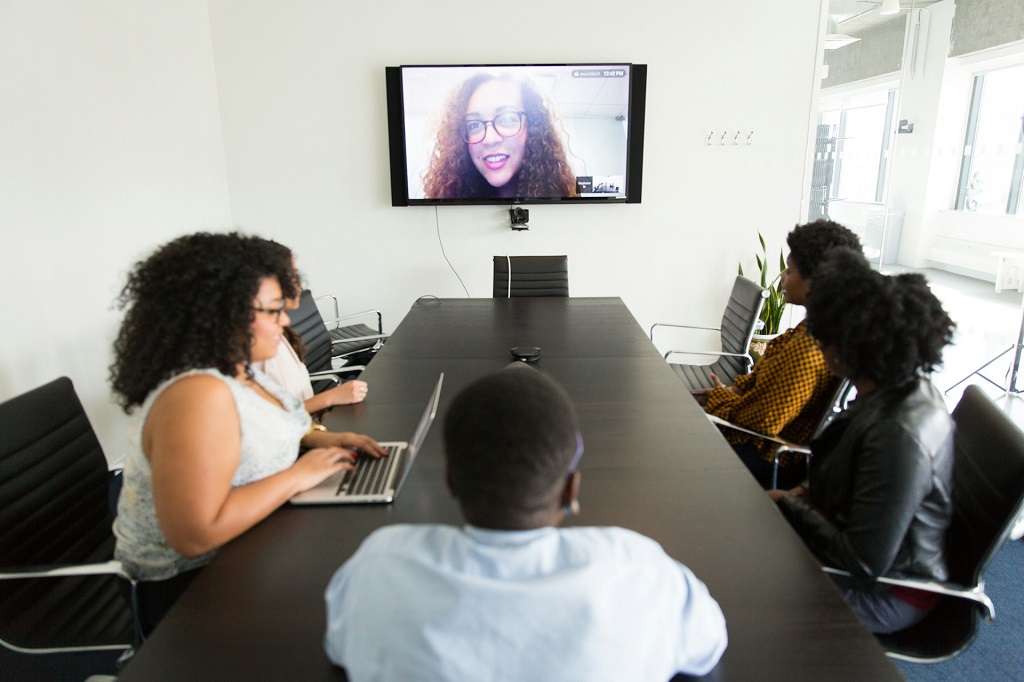
Video calls are no longer just a backup plan. They’ve become the backbone of daily work, classrooms, hospitals, and even government meetings. Every day, millions of people share contracts, health records, financial reports, and private conversations over conferencing tools. With so much sensitive material moving through the internet, the question isn’t whether you need video calls — it’s how to make sure you’re using the most secure video conferencing possible.
Security in this space is not just a buzzword. A single leak can damage reputations, put client data at risk, and even cause legal trouble for businesses that fail to meet compliance rules. That’s why companies and individuals are now looking closely at which tools truly protect them.
In this guide, we’ll unpack what makes conferencing safe, compare popular video conferencing apps, share practical security tips, and show how Scrile Stream offers a path to building your own locked-down system from the ground up.
Why Security in Video Calls Matters
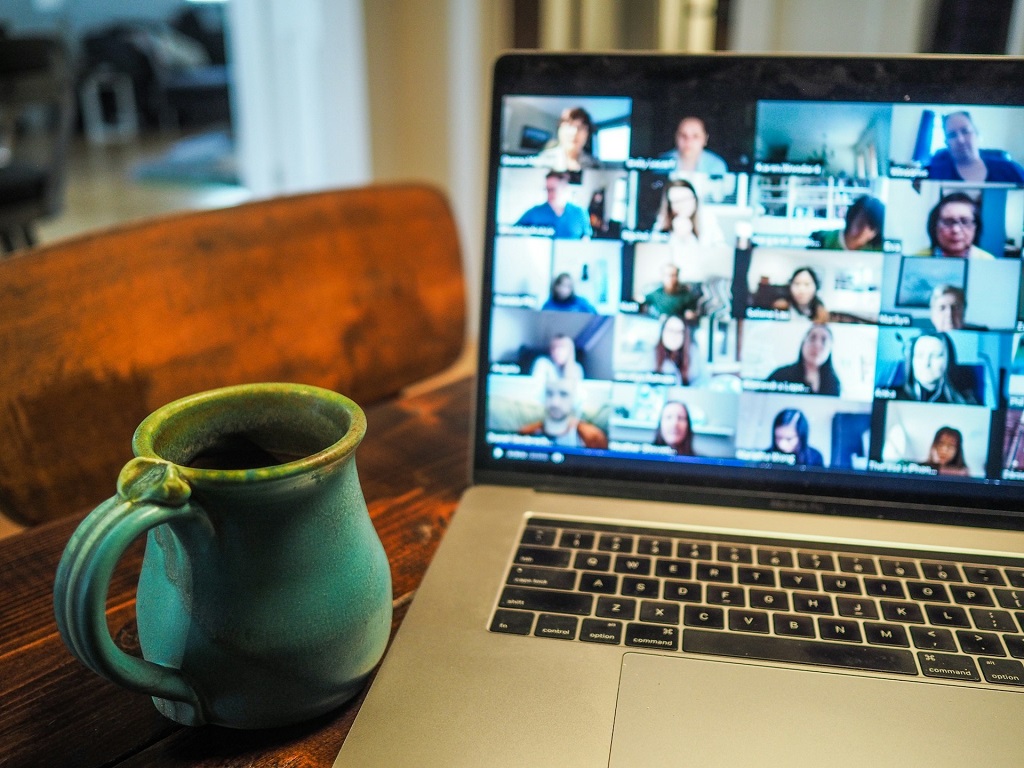
Remote and hybrid work have turned video calls into the default meeting room. What used to be discussed behind closed office doors is now happening on cloud servers: quarterly reports, patient diagnoses, product roadmaps, and even board-level negotiations. That convenience has a cost. Sensitive data is constantly moving online, and any weak point in a conferencing tool can expose it.
We’ve already seen what happens when security isn’t taken seriously. In the early days of the pandemic, Zoom faced “Zoombombing” attacks where uninvited guests slipped into calls. Other platforms have been caught storing unencrypted meeting data on servers. And there are well-documented cases of corporate espionage where intercepted calls leaked strategies to competitors. These examples underline the stakes: protecting a video meeting is just as critical as locking the door to a physical office.
Why companies must take it seriously
For businesses, secure video calls are about more than convenience. Regulations like GDPR in Europe and HIPAA in the U.S. demand strict handling of personal data. Failing to comply can result in heavy fines. Beyond law, there’s the matter of trust. Employees need to feel safe discussing internal issues, while clients and partners expect that private information will remain private. Strong video security is also a matter of long-term risk management. One data leak can erode brand reputation that took years to build.
To make this practical, here are the most common risks every organization should guard against:
- Data interception – hackers capturing video streams if encryption is weak.
- Weak authentication – using simple links or no password makes it easy for intruders to join.
- Phishing via invites – fake meeting invitations trick staff into sharing credentials.
- Lack of end-to-end encryption – without it, providers or third parties could access call content.
Video conferencing is now as critical as email or phone calls. Treating it as an afterthought is a mistake. The most secure video conferencing solutions aren’t optional anymore—they’re the foundation for safe, professional communication.
Key Features of Secure Video Conferencing Platforms
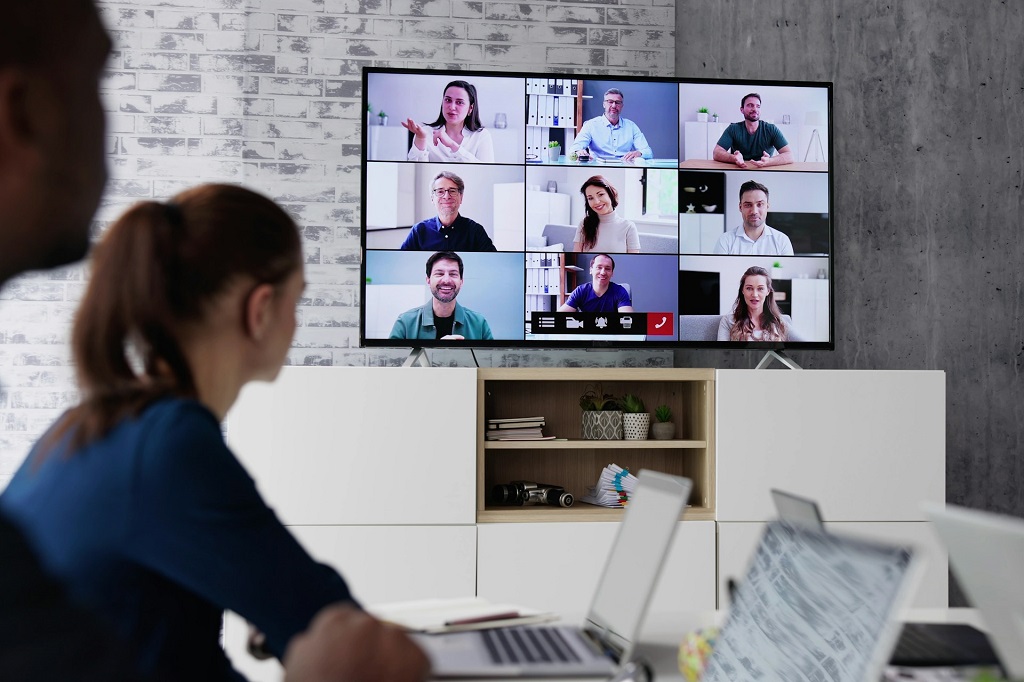
When evaluating the most secure video conferencing tools, it’s worth digging into the features that separate a marketing claim from genuine protection. Here are the essentials every serious solution should include:
- End-to-end encryption (AES-256/TLS). This is the backbone of private communication. With it, your call is scrambled during transmission and can only be decoded by the devices of the participants. Without this layer, anyone intercepting the stream — or even the provider itself — could theoretically listen in.
- Multi-factor authentication and single sign-on. Strong passwords aren’t enough anymore. Adding MFA (for example, a code sent to your phone) ensures that even if a password leaks, intruders won’t gain entry. SSO ties conferencing to a company’s existing identity system, reducing the chances of weak or repeated credentials.
- Meeting controls and participant management. Hosts should have the ability to lock a call once everyone is present, place people in waiting rooms until verified, and control who can share screens or record. These tools stop unwanted guests from slipping in unnoticed and help keep confidential discussions private.
- Regulatory compliance and legal standards. For sectors like healthcare or finance, support for HIPAA, GDPR, or SOC 2 is non-negotiable. A platform that doesn’t align with these requirements puts organizations at risk of fines and lawsuits.
- Recording security and storage policies. Video recordings are often more sensitive than live calls because they’re permanent. A secure platform should encrypt files at rest, restrict who can download or share them, and ideally let admins decide where the data is stored.
These features define secure video conferencing platforms. Without them, businesses risk leaks, breaches, and compliance failures that can be far more costly than the price of better software.
Comparative Analysis of Leading Secure Video Apps
Because there are so many options available for video conferencing software, we wrongly assume they’re all equal when it comes to safety. In reality, some software focuses on security first, some focus on it as an afterthought, and some don’t do much with it period. To make things simple for you when selecting the safest option for video conferencing for your needs, here’s a closer look at nine popular options, their positives, as well as their negatives.
Zoom

Zoom is one of the most widely used conferencing tools, popular for everything from team meetings to online events. Its growth was rapid, and security became a hot topic early on.
- Pros:
- End-to-end encryption available for meetings.
- Wide set of collaboration features and integrations.
- Strong admin controls like waiting rooms and meeting locks.
- Cons:
- E2E must be enabled manually and can disable certain features.
- “Zoombombing” incidents still affect its reputation.
- Settings are complex, requiring careful admin oversight.
Best for: Businesses that want feature-rich calls at scale, with IT teams to enforce secure video conferencing policies..
Google Meet
Google Meet comes bundled with Workspace and has become a go-to for companies that want quick, no-frills access to meetings.
- Pros:
- Encryption in transit and automatic updates.
- Integrated with Gmail and Calendar for simple scheduling.
- User-friendly interface with low barriers to join.
- Cons:
- End-to-end encryption is not universal across devices.
- Compliance level tied to Workspace subscription tier.
- Branding options are limited.
Best for: Teams already invested in Google’s ecosystem, seeking a reliable secure video app with minimal setup.
Microsoft Teams
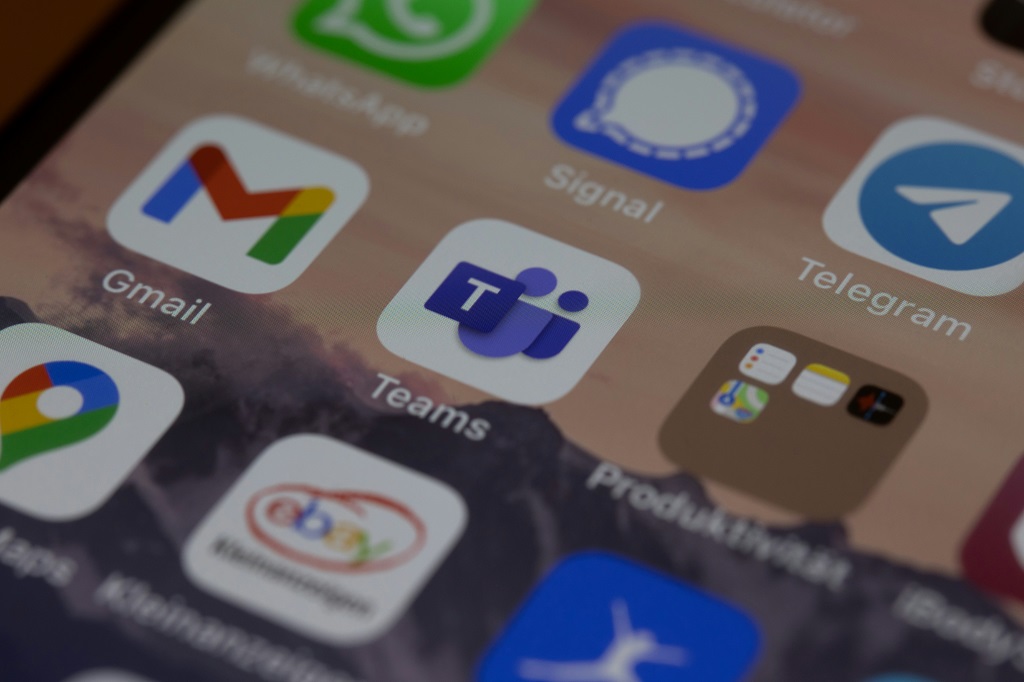
Microsoft Teams combines chat, file sharing, and conferencing into a single workspace. Its security features are designed for enterprises with complex compliance needs.
- Pros:
- Enterprise-grade compliance (HIPAA, GDPR, SOC 2).
- Multi-factor authentication and SSO through Azure AD.
- Strong monitoring and governance tools.
- Cons:
- Heavy client, slower compared to lightweight video conferencing apps.
- Steeper learning curve for smaller teams.
- Security relies on proper Microsoft 365 configuration.
Best for: Large organizations and regulated industries that need confidential video conferencing built into their workflows.
Signal
Signal is primarily known as a private messaging app, but it also supports video calls. Its design philosophy is privacy-first, making it a unique option compared to larger conferencing suites.
- Pros:
- End-to-end encryption enabled by default.
- Open-source codebase, widely audited for security.
- Minimal metadata collection, preserving user anonymity.
- Cons:
- Limited to small meeting sizes, not suitable for large groups.
- Very few business features like scheduling or recording.
- Lacks integrations found in mainstream secure video conferencing platforms.
Best for: Individuals or small teams that prioritize private video conferencing over advanced functionality.
Cisco Webex
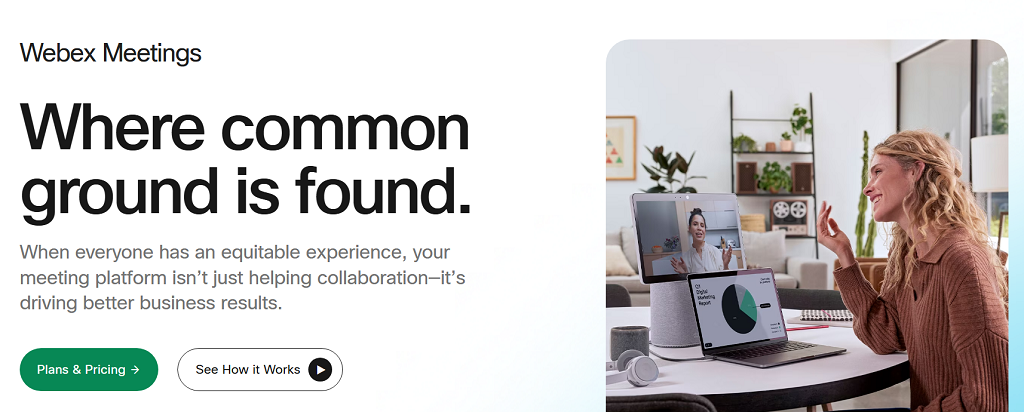
Cisco Webex has long been positioned as an enterprise solution, especially favored by large organizations with strict IT policies. Security is one of its core strengths.
- Pros:
- Strong compliance credentials, including HIPAA and GDPR.
- End-to-end encryption for meetings and recordings.
- Detailed admin tools for governance, logging, and access control.
- Cons:
- More expensive than consumer-focused video conferencing apps.
- User interface can feel dated and complex.
- Overkill for smaller businesses without compliance obligations.
Best for: Corporations and regulated industries that demand enterprise-grade secure video conferencing with full compliance and reporting.
Jitsi Meet
Jitsi Meet is an open-source platform that allows anyone to host their own conferencing server, offering full control over security and deployment.
- Pros:
- Open-source and free to use, highly customizable.
- Strong encryption protocols and flexible self-hosting.
- No account required, minimizing data collection.
- Cons:
- Requires technical expertise for secure self-hosting.
- Features can feel basic compared to paid competitors.
- Performance depends on server setup and resources.
Best for: Organizations or communities with strong technical teams that want control over a secure video app without vendor lock-in.
Pexip
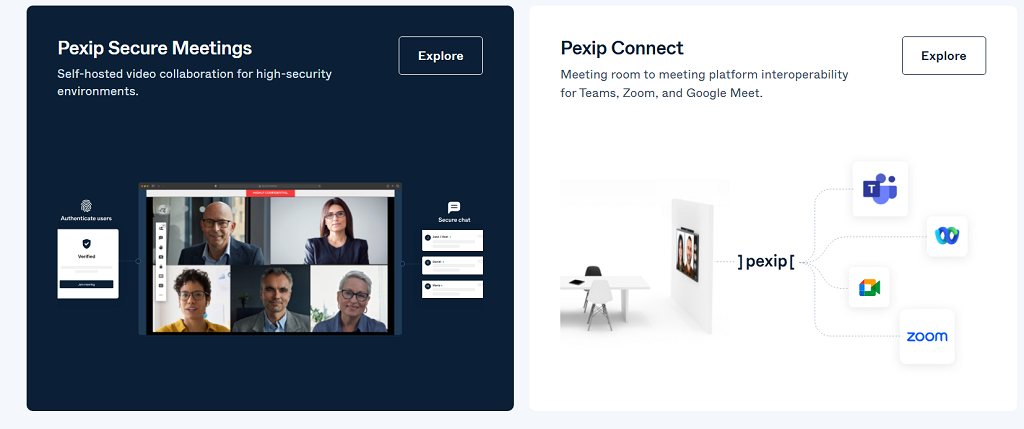
Pexip is often described as a gold standard for enterprise-grade security in video meetings. It’s trusted by government agencies, healthcare providers, and global corporations that can’t afford weak links in communication.
- Pros:
- Strong end-to-end encryption and full compliance with GDPR, HIPAA, and other strict regulations.
- Interoperability across different systems, allowing it to connect with legacy hardware and other conferencing platforms.
- Advanced admin dashboards for governance, detailed reporting, and access controls.
- Cons:
- Higher price point compared to consumer-focused video conferencing apps.
- Complexity in setup and ongoing management requires IT expertise.
- May feel like overkill for smaller organizations without regulatory obligations.
Best for: Large enterprises, public sector bodies, and healthcare providers that need confidential video conferencing with uncompromising security and compliance.
FaceTime
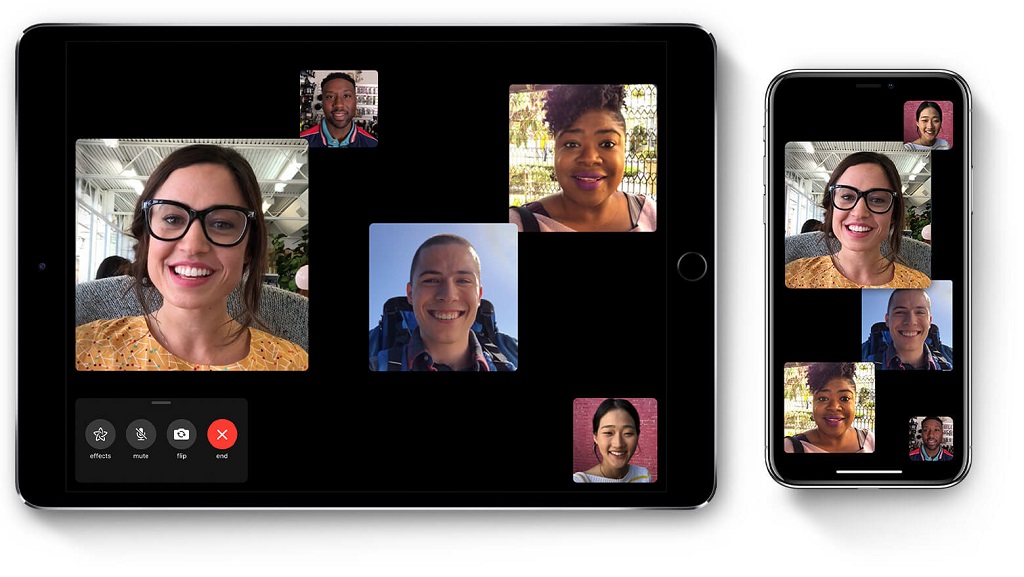
FaceTime is Apple’s native video calling service, widely recognized for its simplicity and privacy-first approach. With end-to-end encryption enabled by default, it’s one of the safest consumer-focused tools available—though limited to Apple’s ecosystem.
- Pros:
- Strong end-to-end encryption built into every call.
- Seamless integration across iPhone, iPad, and Mac devices.
- Reliable, simple interface for both personal and business conversations.
- Cons:
- Restricted to Apple hardware—no cross-platform use.
- Lacks enterprise-grade compliance features like HIPAA certification or governance controls.
- No advanced admin tools for larger organizations.
Best for: Apple users who want private video conferencing with minimal friction and secure, encrypted calls across their devices.
Practical Tips for Choosing and Using Secure Video Apps
Even with the most secure video conferencing software, mistakes in setup or daily use can leave the door open. The way your team handles meetings often matters as much as the platform itself. Here are practical steps to make sure every call is as safe as it should be:
- Always enable end-to-end encryption. Don’t assume it’s on by default. Double-check settings so only participants can decode the conversation.
- Update clients regularly. Outdated software is a hacker’s favorite target. Keep apps patched to maintain the most secure video conferencing environment possible.
- Use MFA and strong passwords. Multi-factor authentication adds a critical layer, ensuring that stolen credentials alone won’t compromise a meeting.
- Lock meetings and use waiting rooms. Once everyone has joined, lock the door. Waiting rooms help you verify attendees.
- Restrict recording permissions. Not every participant should be able to capture sensitive discussions. Limit this to hosts or admins only.
- Apply geoblocking or IP filters. For private video conferencing, this stops unauthorized logins from unexpected regions.
- Audit logs and monitor unusual activity. Keep an eye on who joined, from where, and when, to quickly spot red flags.
Applying these habits ensures your team actually benefits from the most secure video conferencing tools, instead of letting settings go to waste.
Scrile Stream: Build Your Own Secure Video Conferencing System
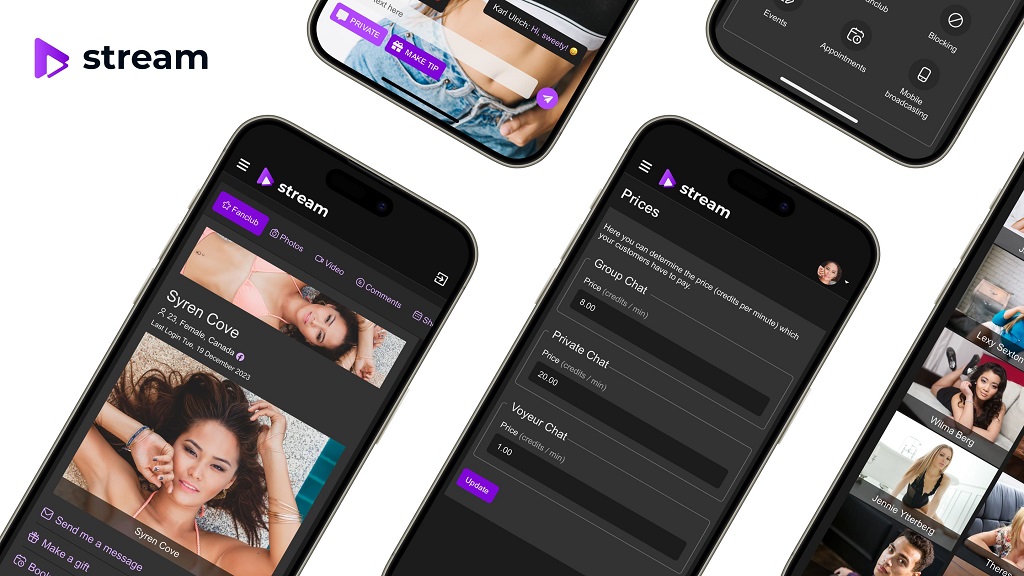
Even the most secure video conferencing platforms have limits. They may protect data in transit, but they rarely let you decide how branding looks, where recordings are stored, or how revenue flows. For companies that want complete control, Scrile Stream offers something different: a development service that builds a secure, fully branded system around your exact needs.
Scrile Stream allows you to launch a white-label conferencing solution with your own domain, design, and user experience. Security runs deep with encrypted streaming of video, independent private video conferencing rooms, as well as an admin interface where permissions can be managed in excellent detail. Off-the-shelf software doesn’t offer anything comparable in terms of built-in methods for monetizing—through subscription or pay-per-view or tokens—without ever charging a commission. That means every dollar stays in your own pocket along with sole ownership over user data as well as policy on compliance.
Why Scrile Stream stands out
- Branding without compromise. From logos to interface design, every part of the platform can reflect your business, not a third-party provider.
- End-to-end encrypted meetings. Calls and recordings are secured so only authorized participants can access them, protecting both client trust and compliance.
- Advanced control options. Admin dashboards let you define roles, manage access, and enforce rules that match your organization’s security strategy.
- Revenue models built in. Whether you prefer subscriptions, tokens, or pay-per-view sessions, Scrile Stream makes it possible to monetize safely.
- No commission fees. Unlike many SaaS tools, there are no cuts from your earnings—you keep 100% of what you make.
- Flexibility across industries. The system adapts equally well to corporate communication, healthcare consulting, online education, coaching, or even adult-oriented services.
For businesses that want more than a boxed solution, Scrile Stream delivers the tools to build the most secure video conferencing system with full ownership, flexibility, and room to grow.
Conclusion
Security on video calls is no longer a nice-to-have—it’s the basis for trusting relationships, policy compliance, and safeguarding confidential business data. Although popular apps can offer a safe discussion when used appropriately, they’re inherently constrained by brand identity, ownership over data, and revenue deficits.
With teams that desire full authority, the most secure video conferencing solution is a solution that’s constructed around their own requirements. Through Scrile Stream, you can create a white-label system that integrates encryption, closed access, and adaptable models toward revenue. Explore Scrile Stream today and create your own safe video conferencing system that’s built for long-term security and development.
FAQ
What is the most secure video conferencing app?
Pexip, Google Meet, and Cisco Webex are often cited as leaders. Each offers encryption, compliance features, and strong admin controls, but the best choice depends on your organization’s needs.
Which video call is most secure?
Top secure video calling apps include Zoom, Signal, Microsoft Teams, Jitsi Meet, Cisco Webex, FaceTime, and Skype. Each fits a different ecosystem, from open-source to enterprise suites.
Is Zoom secure for video calls?
Yes, if end-to-end encryption is turned on. With it enabled, cryptographic keys remain only on participants’ devices, blocking providers and third parties from accessing conversations.

